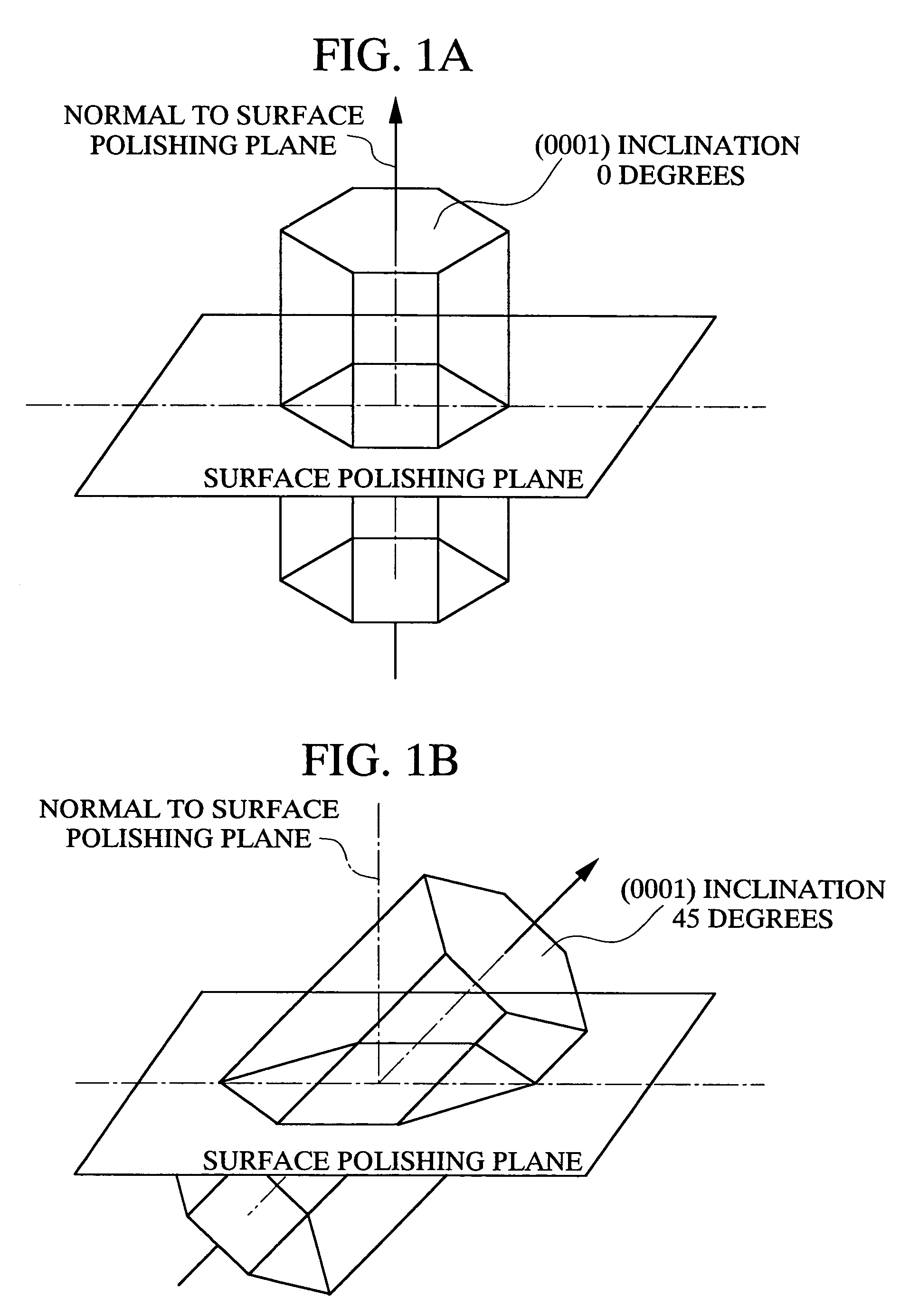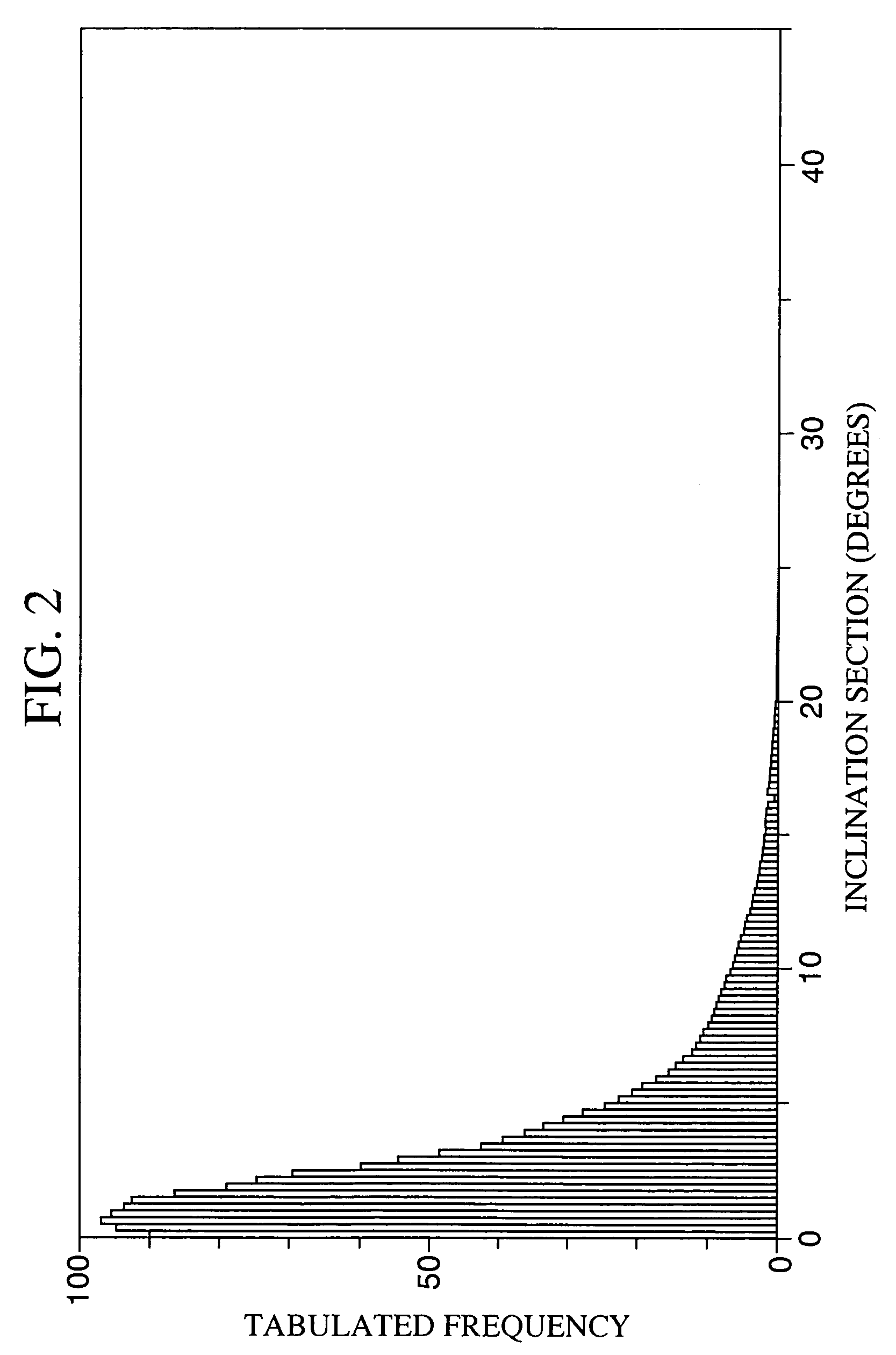Cutting tool
a cutting tool and metal technology, applied in the field of metal cutting tools, can solve the problems of unavoidable circumstances of cutting processing under heavy-duty cutting conditions, such as greater cutting depth and faster feeding, and easy chipping in the hard coating layer, and achieves superior wear resistance and cutting performance, superior mechanical and thermal shock resistance, and high cutting performance.
- Summary
- Abstract
- Description
- Claims
- Application Information
AI Technical Summary
Benefits of technology
Problems solved by technology
Method used
Image
Examples
examples
[0037]The following provides a more detailed explanation of the cutting tool of the present invention by referring to Examples and Comparative Examples.
[0038]As raw material powders, WC powder, TiC powder, ZrC powder, VC powder, TaC powder, NbC powder, Cr3C2 powder, TiN powder, TaN powder and Co powder having a mean particle diameter of 1–3 μm were prepared. These raw material powders were blended to the blending compositions shown in Table 1, wax was added to them, and they were then mixed using a ball mill for 24 hours in acetone. After drying under reduced pressure, the dried mixtures were pressed formed into green compacts of a predetermined shape at a pressure of 98 MPa. Next, the green compacts were vacuum sintered for 1 hour in a vacuum at 5 Pa at a predetermined temperature within the range of 1370–1470° C. After sintering, the cutting edges were subjected to honing of R=0.07 mm to produce tool bases A through F made of WC-based cemented carbide having the indexable insert s...
PUM
| Property | Measurement | Unit |
|---|---|---|
| thickness | aaaaa | aaaaa |
| thickness | aaaaa | aaaaa |
| thickness | aaaaa | aaaaa |
Abstract
Description
Claims
Application Information
 Login to View More
Login to View More - R&D
- Intellectual Property
- Life Sciences
- Materials
- Tech Scout
- Unparalleled Data Quality
- Higher Quality Content
- 60% Fewer Hallucinations
Browse by: Latest US Patents, China's latest patents, Technical Efficacy Thesaurus, Application Domain, Technology Topic, Popular Technical Reports.
© 2025 PatSnap. All rights reserved.Legal|Privacy policy|Modern Slavery Act Transparency Statement|Sitemap|About US| Contact US: help@patsnap.com



